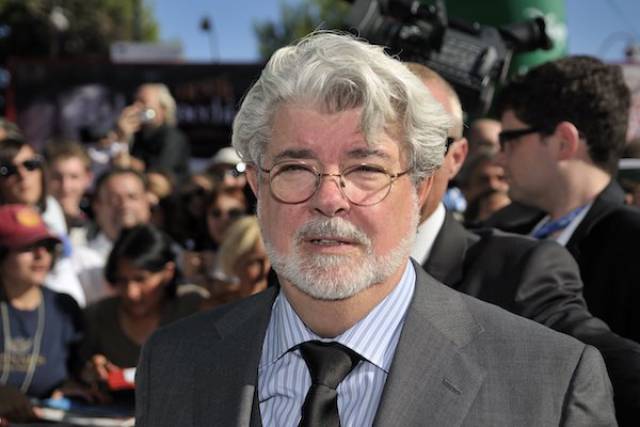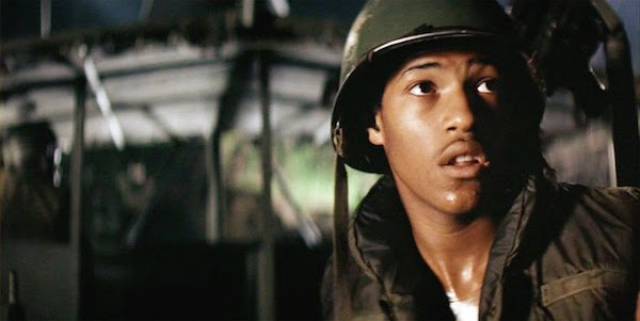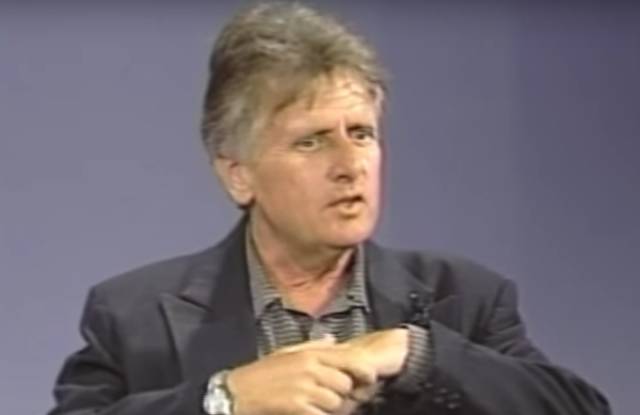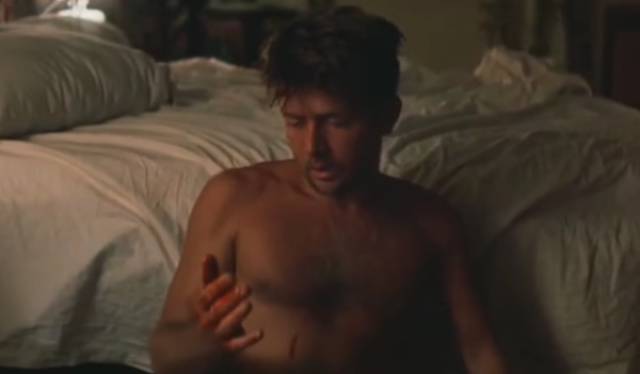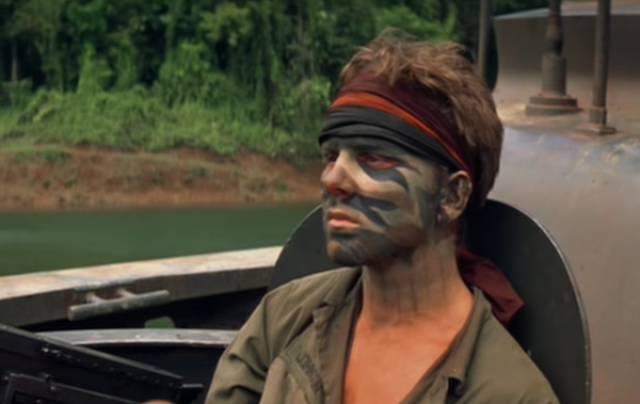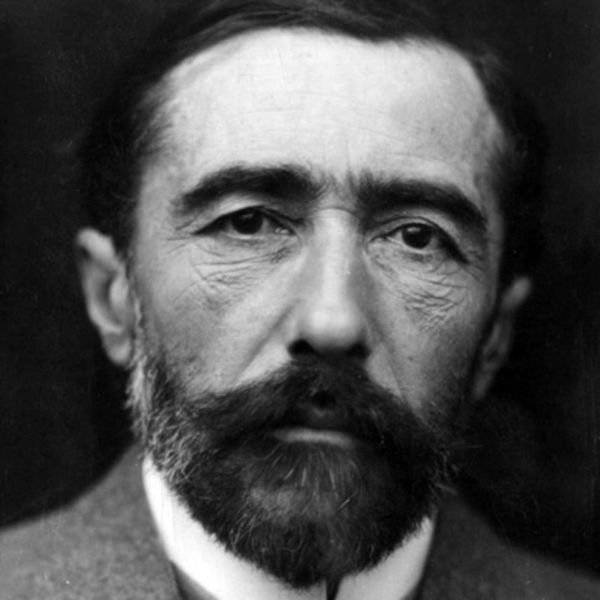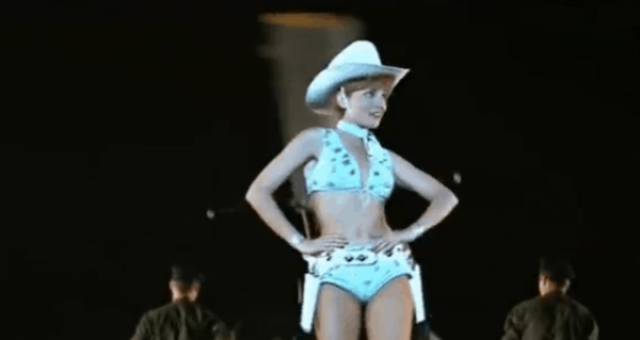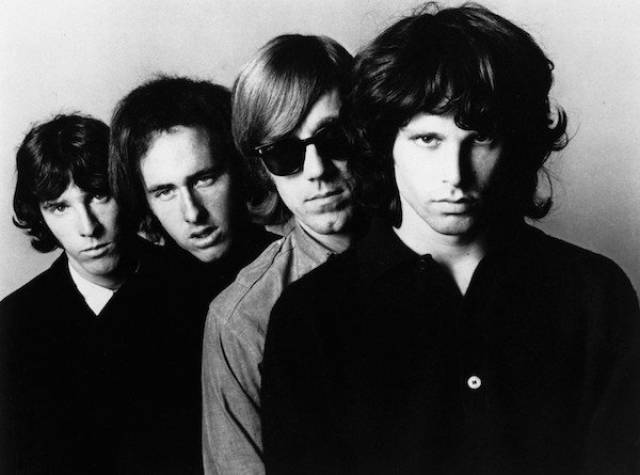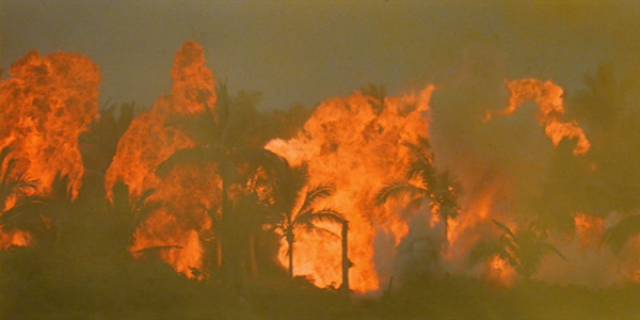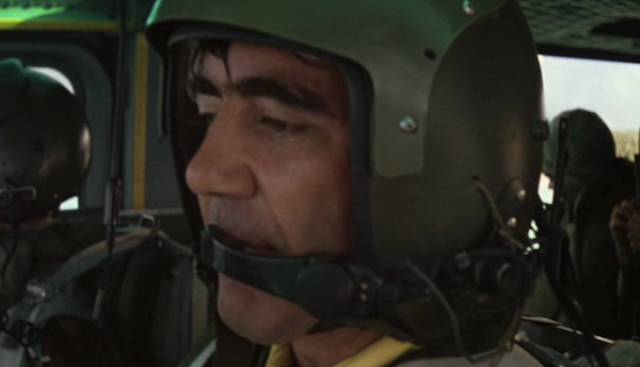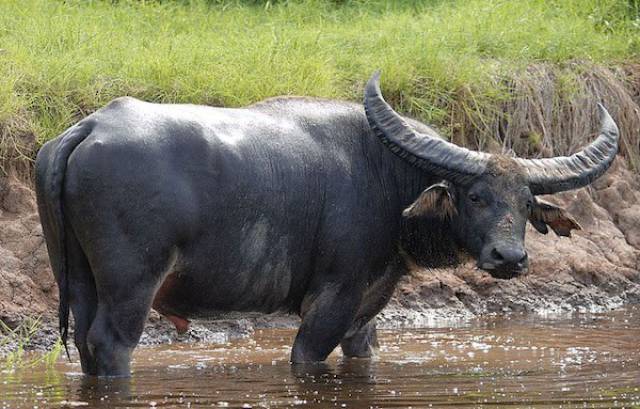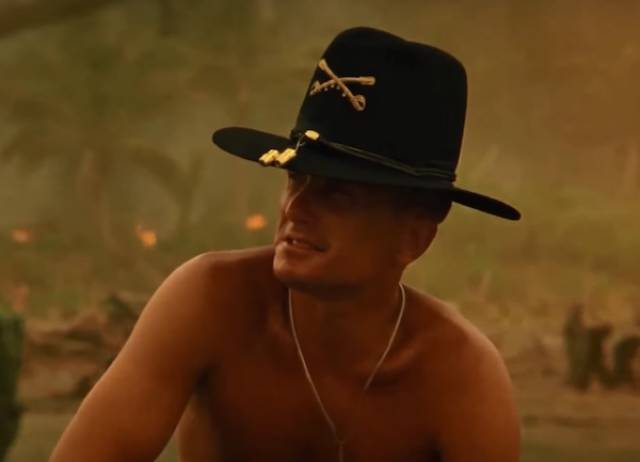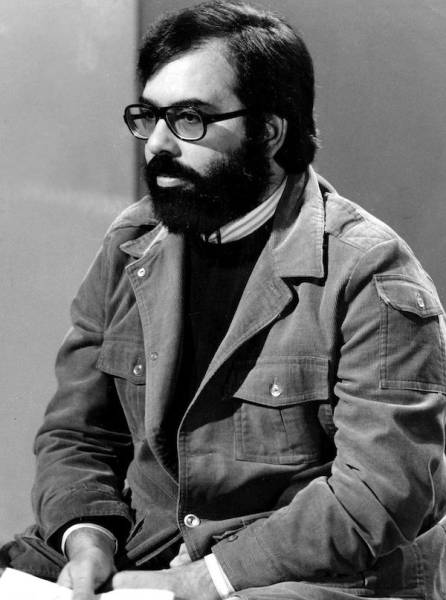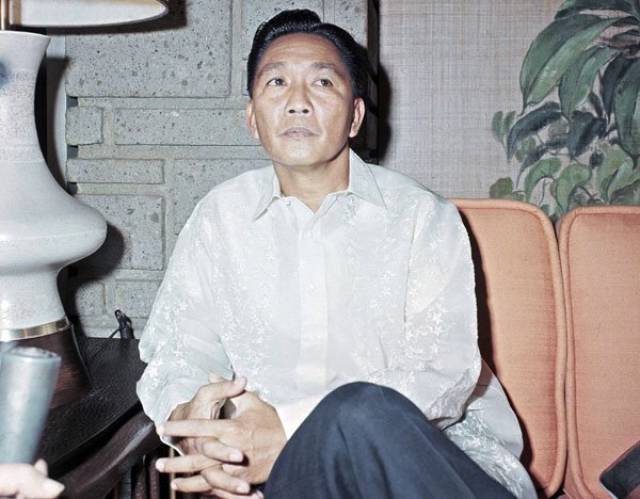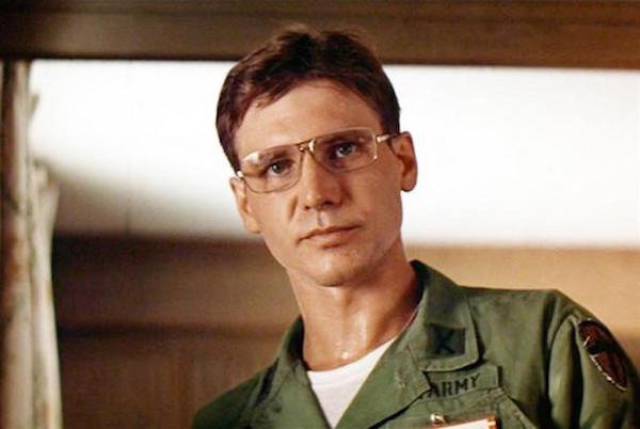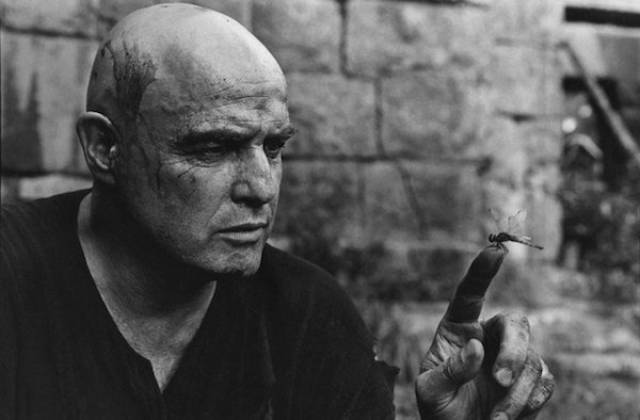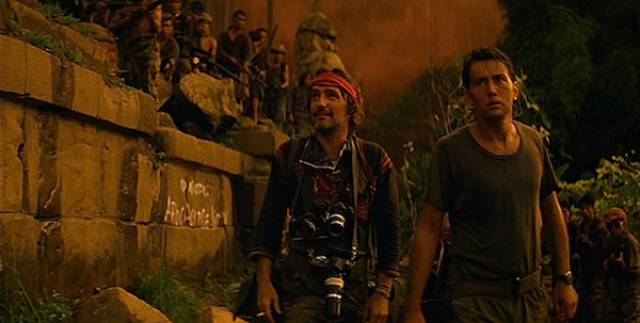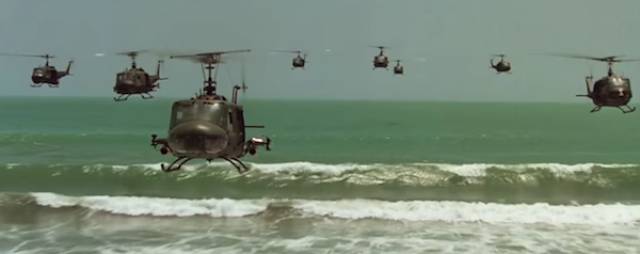Originally, George Lucas was intended to direct the project. The original idea was too shoot it in black and white as a pseudo documentary film, that comparable to the ground-breaking and controversial ‘Battle of Algiers’ (1966). Lucas did ‘Star Wars’ instead, so Coppola took control of the production. The definition of a win-win.
Renowned actor Laurence Fishburne was only 14 years old when he was cast as Tyrone “Mr. Clean” Miller. He lied about his age during the audition process.
Although uncredited, Martin Sheen’s brother Joe Estevez was used as a body double when Sheen suffered a heart attack during filming (played down as ‘heat exhaustion’ by the production crew lest funding be cut) and also supplied additional voice over work in post production when his brother was unavailable due to scheduling conflicts.
I assume/hope he at least got paid.
During the early scene where Captain Willard (Martin Sheen) is having an existential crisis in his hotel room, Sheen was genuinely drunk. Despite the protestation of the film crew, who could clearly see that the troubled Sheen was having a genuine breakdown, Coppola insisted they keep filming. It wasn’t until after Sheen had punched a mirror and attempted to attack the director that Coppola eventually cut.
Worth it? Maybe.
Sam Bottoms, the actor who played psychedelic surfer Lance Johnson, was on a combination of LSD, speed and marijuana during much of the filming.
Although so was almost everyone else.
The film is based upon Polish-British author Joseph Conrad’s novella Heart of Darkness (1899). Both the book and Apocalypse Now concern a river boat journey centered around a mysterious and ominous figure known as Kurtz, yet in the book it is to find Kurtz and not kill him like in the film.
Francis Ford Coppola’s father, Carmine Coppola, wrote the score for the film.
The visit of the Playboy Playmates is based upon an actual visit by 1965 Playmate of the Year Jo Collins to Vietnam. The Playmate of the Year in the film was played by her 1974 counterpart, Cynthia Wood.
Due to Coppola’s close personal relationship with seminal rock band The Doors, he was allowed to use the master recordings of their songs for the film’s soundtrack. Indeed, the original five-and-a-half-hour (!?) cut of the film featured a score made entirely of the band’s songs.
Would be an interesting watch.
Over 1,200 gallons of gasoline were used in the iconic opening shot of the napalm’d jungle. Furthermore, tires were burnt to create more smoke and canisters dropped to resemble genuine napalm. Unsurprisingly, acres of woodland were wiped out in seconds and Coppola even commented that they would never have been able to get away with it had they been filming in the US.
Not that the Filipino government was too concerned. They were a little too busy with a civil war to care about environmentalism.
The total length of film was 1,250,00 feet, or 230 hours worth of footage. Thus the fact it took almost two years to edit, with the memorable helicopter scene taking almost a year all on its own, should come as no surprise.
R. Lee Ermey, who would go on to star as Gunnery Sergeant Hartman in ‘Full Metal Jacket’ (1987), has an uncredited appearance as a First Air Cavalry helicopter pilot. It was his first appearance on film.
Not content to immolate the local flora in the name of film making, Coppola also went after the resident fauna as well. And while the manic director always maintained that they just ‘happened to film’ the slaughtering of a water buffalo by the Ifugao natives that made it into the film, many crew members have claimed that not only did Coppola encourage the sacrifice but in fact directed it.
Sounds like something he’d do.
Robert Duvall’s iconic portrayal of Colonel Kilgore earned him an Oscar nomination. Not bad for only 11 minutes of screen time in an almost 3 hour movie.
What was at first supposed to be a 14 week shoot lept to a staggering 16 months and such was the emotional and financial strain upon Coppola (who had poured $30 million of his own money into the film’s production) that he threatened suicide on three separate occasions.
He was probably being dramatic. Probably…
Philippines President Ferdinand Marcos agreed to supply both the helicopters and the pilots for the film despite, ya know, being at war with rebels at the time. This led to even more delays as pilots would often be called back into service by the government and be replaced by pilots who were unfamiliar with the production.
Harrison Ford was cast as Colonel Lucas (an intentional nod to George) only after James Caan was ruled out for the part because he demanded too much money. A relatively inexperienced actor, Ford’s clear anxiousness on set was incorporated into his character’s mannerism and his dropping of the Kurtz’s dossier was used to signify both the actor and character’s nervousness.
Marlon Brando’s performance (and real mental state) in the film is legendary and the enigmatic actor’s behaviour on set was nothing short of bizarre.
Issues arose even before filming began, with Brando turning up to set weighing almost 300 pounds, a far cry from Coppola’s vision of Kurtz as a incredibly fit and powerful Green Beret, leading to him being shot mainly in the shadows.
To compound the problem, he hadn’t even read the source material, let alone the script, and demanded that Kurtz name be changed to the more English sounding ‘Leighely’ (although Brando relented, in the final cut it is fairly noticeable in some early scenes that “Kurtz’ has been dubbed in over ‘Leighley’).
The film has no opening or closing title card. This was an issue because it couldn’t be copyrighted unless the term ‘Apocalypse Now’ appeared in writing somewhere on the finished product. To circumnavigate this problem, a piece of graffiti is scrawled on a wall on Kurtz’s compound reading ‘Our motto: Apocalypse Now.’
Even though it is an incredible stirring and apparently militaristic moment in the film, the playing of “The Ride of the Valkyries” during the helicopter attack was actually an ironic commentary on the Vietnam War. In Wagner’s opera “Der Ring des Nibelungen, from which the music originates, the Valkyries appear at what appears to be the moment of victory but actually later turns into defeat. In much the same way the destructive victory of the helicopter assault would be followed by the eventual defeat in the Vietnam War.

